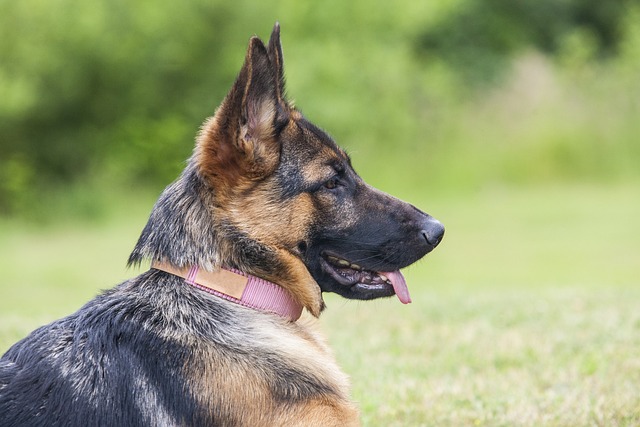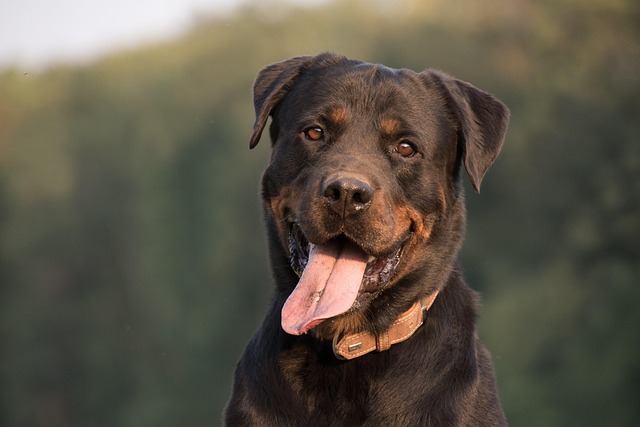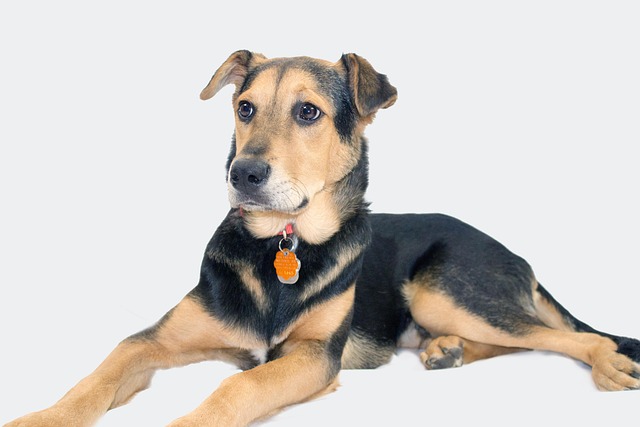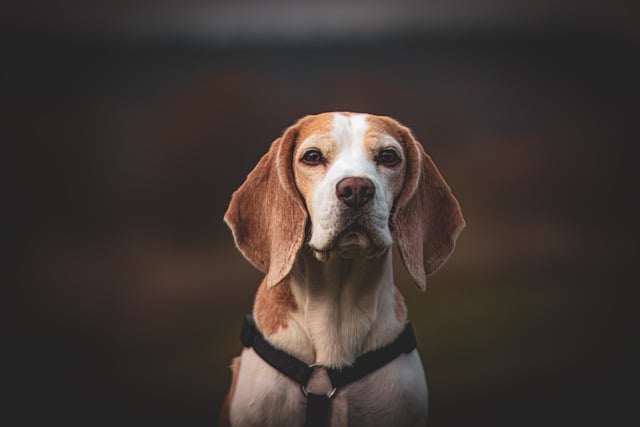
How do I know if my dog has spinal damage?
How do I know if my dog has spinal damage? It's the thought that creeps in when your normally energetic pup hangs back during walks, or pauses mid-play like something just didn't feel right.
Watching your pup follow you from room to room, nose pressed to your ankle as you cook, clean, even use the bathroom—then panic when you step outside to grab the mail—can make you wonder if their devotion has crossed into something stressful. For new dog owners in tight-knit neighborhoods like Boston or Portland, where dogs are part of the family, the question arises: Can a dog get too attached to one person? The answer is yes—but it’s not about love being “too much”; it’s about whether that attachment leaves them struggling to cope when you’re apart, turning devotion into distress.
Dogs are hardwired for attachment, a trait that evolved from their days as pack animals relying on each other for survival. When they bond deeply with one person—the one who feeds them, walks them, and comforts them during storms—their brains release oxytocin, the “love hormone,” creating a strong emotional connection. This is healthy! But when that bond becomes so intense they can’t relax without you—pacing, refusing food, or barking nonstop when you’re gone—that’s when attachment crosses into anxiety. Breeds like Labrador Retrievers or Cavalier King Charles Spaniels, known for their people-pleasing nature, often form these tight bonds, but any dog—from a Chihuahua to a German Shepherd—can develop one-person dependency if their world revolves entirely around that person.
So how do you help them find balance? Start by encouraging interactions with others. Have family members or trusted friends feed them, take them for short walks, or play fetch—this shows them love and care come from more than just you. My neighbor in Denver did this with her rescue Collie, who used to whine whenever her partner tried to pet him: by having him give treats during playtime, the dog now greets him with a wagging tail. Practice short separations daily: step into another room for 2 minutes, then return and offer a treat only if they stayed calm. Gradually extend the time as they get comfortable—this builds confidence that you’ll come back. Create a “independent zone” with their bed, toys, and a puzzle feeder; leave it near a window so they have something to focus on when you’re busy.

Positive reinforcement is key here. Yelling at them for following you too closely or scolding them for panicking when you leave only strengthens their anxiety—they’ll think their clinginess is keeping you from getting upset. Instead, reward moments of independence: if they lie quietly on their bed while you work, offer a tiny treat. A trainer in Seattle calls this “building confidence in alone time”—showing them that being separate isn’t scary, and good things happen when they’re calm. Never use physical punishment; it breaks trust, and studies prove gentle guidance works far better for fostering independence.
Responsible dog ownership ties into balancing this attachment too. First, ensure their vaccines are up to date—rabies shots are legally required in all 50 states, and a healthy dog handles separation better. In apartments, manage noise from anxious barking: use a white noise machine, and avoid leaving them alone during quiet hours to respect neighbors. When walking, let others (with your permission) offer a gentle pet or treat—this socializes them to trust beyond just you. Always carry biodegradable poop bags, even on short walks; good community manners make you and your pup welcome everywhere.
With patience and gentle guidance, your overly attached pup can learn to feel secure whether you’re nearby or not. Their love for you won’t fade—but their stress when you’re apart will, turning dependency into a healthy, happy bond that lets both of you thrive.

How do I know if my dog has spinal damage? It's the thought that creeps in when your normally energetic pup hangs back during walks, or pauses mid-play like something just didn't feel right.

German Shepherds are beloved for their loyalty,intelligence, and versatility,serving as working dogs,family companions,and more.But like many purebred breeds,they carry a risk of certain genetic diseases that owners and breeders should be aware of.

Hip dysplasia often reveals itself gradually, but early clues can surface as young as four months. Watch how your puppy moves—stiffness after naps, reluctance to climb stairs, or a slight hop when running might hint at trouble.

Heartworm treatment for dogs isn’t a one-size-fits-all cost—most pet parents learn that quickly when their vet breaks down the bill.

Watching your pup follow you from room to room, nose pressed to your ankle as you cook, clean, even use the bathroom—then panic when you step outside to grab the mail

There’s nothing more stressful than a pup who barks at every leaf, squirrel, or passing car—especially in an apartment where thin walls mean your neighbor’s 9 p.m.